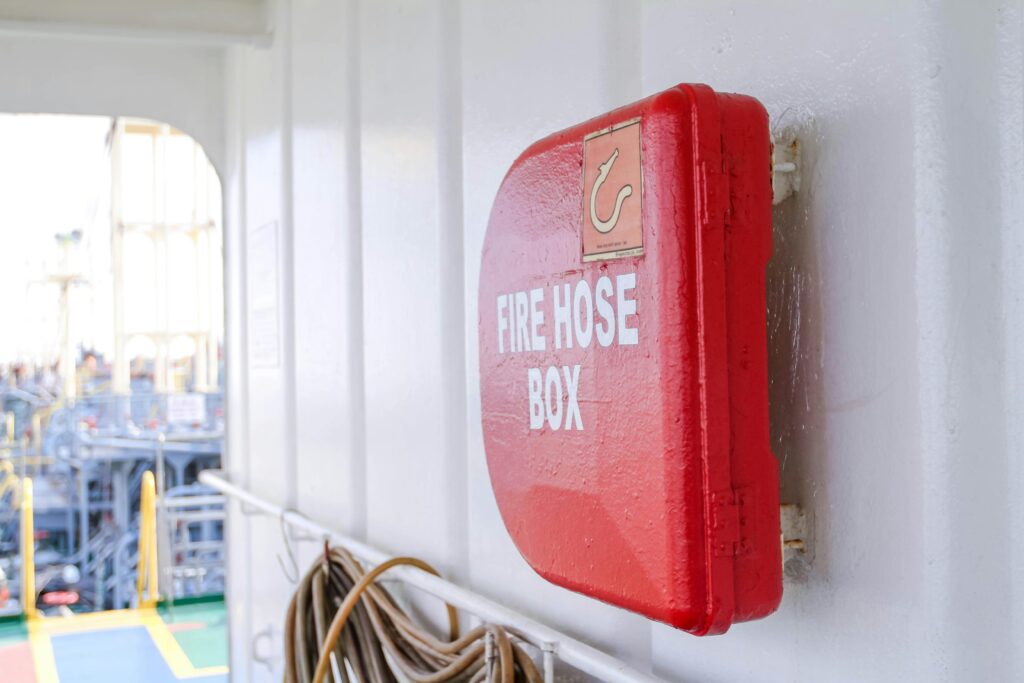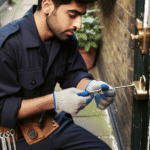Maintaining efficient fire detection systems is vital in both residential and commercial settings. Regular testing not only meets safety regulations but also provides peace of mind for building occupants. One tool that simplifies this task is a Heat Detector Tester, which helps simulate the heat conditions necessary for alarms to activate. These devices are designed to mimic real fire scenarios without causing damage. Selecting the right equipment for this job ensures your fire alarm systems are working as intended. In today’s post, we’ll look at the broader aspects of this essential testing process. Continue reading to gain a deeper understanding of what makes a heat detection check effective and safe.
The role of temperature-based alarm systems
Heat-sensitive alarm units are commonly used in environments where smoke detectors may cause false alarms, such as kitchens or manufacturing facilities. These alarms respond when a specific temperature threshold is reached. For this reason, testing must accurately simulate these conditions. Ensuring functionality without triggering system malfunctions or risking damage to the unit is crucial. Equipment tailored for heat-based testing helps prevent unnecessary risk while verifying responsiveness. By focusing on reliability, you improve the overall efficiency of your fire prevention strategies.
Types of tools used during maintenance
The market offers a variety of devices specifically built to check thermal sensors. Some use infrared heat sources, while others rely on controlled hot air emissions. Portable testers, in particular, are popular among professionals for their convenience and safety features. It’s important to match the tester to the specifications of the detector being serviced. Battery-operated units also enable greater mobility during routine checks. Regardless of the design, what matters most is its accuracy in simulating rising temperatures safely and consistently.
Safety protocols during testing procedures
Fire safety checks involve more than just applying heat. They must be conducted in accordance with regulatory standards and building policies. Technicians should wear appropriate gear and isolate alarms from automatic responses during the check. This avoids accidental evacuations or sprinkler activations. Clear documentation of each test is equally important, ensuring a record is maintained for auditing and compliance purposes. It’s also wise to review the testing tool’s maintenance schedule to keep it in working condition.
Frequency of inspections and responsible parties
Routine inspection schedules vary depending on the building type and industry requirements. Some sites may require quarterly checks, while others might extend to annual assessments. Typically, facilities management or outsourced fire safety professionals are tasked with conducting these tests. Consistency is key—every scheduled inspection helps ensure that thermal detection units are responsive in emergencies. Having reliable tools and a defined maintenance plan supports long-term building safety.
Impact of reliable testing on overall safety
Efficient testing helps build trust in your fire safety system. When detectors are regularly inspected with proper tools, there’s a reduced likelihood of failure during real events. This not only protects lives but also reduces potential property damage and insurance complications. Keeping your devices in check makes for a well-prepared facility. Read the full article to gain insight into choosing appropriate equipment and keeping your inspection practices on point.
Regular and accurate checks using proper Heat Detector Testers ensure systems remain dependable when they’re needed most.






